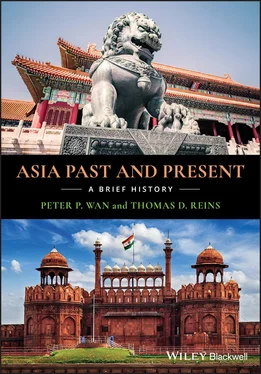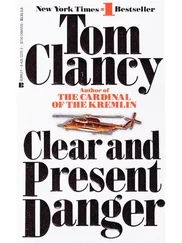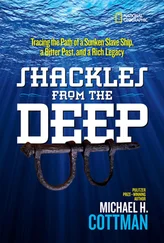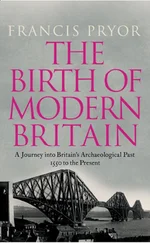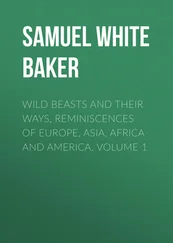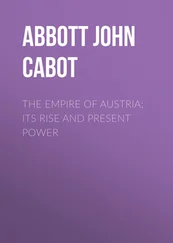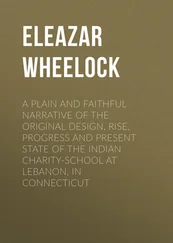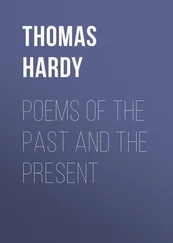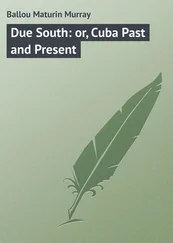Some of the best reform policies were highly effective in early Qing but had negative impacts in late Qing. The population increase turned into a population explosion, and created grim problems. Per capita farmland dropped by half, food grain prices shot up by five times, and per capita food consumption dropped. When natural disasters struck, widespread famine followed, which in turn evoked massive resistance to paying rents and taxes. Starving and desperate peasants began to flee from famine‐stricken areas and raid private and government granaries. Part of them joined secret religious societies, among which the strongest was the White Lotus Society. As a secret folk sect allegedly founded in 1133, it was integrated with other religious sects (one of them rooted in Persia) and continued to grow through the Yuan, Ming, and Qing Dynasties. Its leaders claimed to have superhuman powers to communicate with the spiritual world, perform miracles, heal the sick, and forecast the future. It was the most complex, mystical, and rigidly hierarchical religious sect in China’s history. Over the centuries, it had attracted followers struggling at the bottom of society, such as destitute peasants, bankrupted artisans, and even bandits and thieves. When times were bad, it empowered the powerless against the government. When suppressed, it would conversely gain strength. Now it erupted into the White Lotus Society Rebellion (1795–1804). It was one of the largest peasant rebellions during the Qing Dynasty, sweeping across Central China and lasting nearly a decade. The government eventually managed to put it down, but the heavy toll of lives and high cost in fortune left the Qing government exhausted and impoverished.
Ever‐increasing successful candidates in the expanded imperial examination system made the government enlarge the size of its bureaucracy to position them, but only a portion of them could be accommodated. Those left out of the establishment were likely to turn against it as critics or rebel advisors. The handwriting on the wall loomed. Seemingly doomed by the age‐old dynastic cycle, the Qing Dynasty had entered its declining phase. It would be reasonable to expect that the fall of the Qing Dynasty would be followed by the rise of another dynasty. But that didn’t happen, for a powerful alien force was ready to jump into the fray. The new intruders were not the traditional “barbarians” sweeping southward from the boundless steppes, but “ocean barbarians” on ships armed with firearms approaching China’s seashore from out of nowhere. They would prove immune to Sinicization, and they would push Chinese history in entirely new directions.
The arrival of the West, particularly the appearance of the British, created major challenges. London wanted greater access to the China market, which remained limited under the Guangzhou System. When the West first arrived in China, both Europe and China conducted trade on a mercantilist monopoly‐to‐monopoly basis. By the late eighteenth century, Europe’s—particularly Britain’s—economic guidelines began to favor a more laissez‐faire approach. Ultimately that resulted in merchants on both sides who were legally excluded from trade successfully evading the strict monopoly‐to‐monopoly guidelines. Moreover, one of the items of trade—opium—began to drain silver from China to pay for the drug. That made the purchase of silver with copper coins increasingly expensive. Ultimately it led to the Opium War, China’s defeat, and the erosion of many fundamental Chinese ideas and institutions.
China’s four greatest novelswere produced in the Ming–Qing period, and continue to be part of everyday life in contemporary China. What sets them apart is (1) the authors portray a vast cast of characters in detail on a broad canvas; (2) they were exquisitely written in a classical‐vernacular vocabulary that any Chinese with a rudimentary education can understand and pass on orally; (3) they all defy traditional orthodoxy to some degree; and (4) they are inexhaustible resources tapped by Chinese literature, drama, film, art, and traditional operas.
1 The Water Margin by Shi Nai’an (1296–1372) is about the legendary exploits of 108 hero‐outlaws in the Song Dynasty. The men and women characters run the gamut of society: everyday fishermen, innkeepers, petty civil and military officials, petty thugs, thieves and bandits, and rich and powerful landowners. They share one common experience—they are all forced to join the outlaw community by government corruption and oppression. The novel advocates a loyal code of brotherhood in rebellion against the government.
2 Romance of the Three Kingdoms by Luo Guanzhong (1330?–1400?) is a historical novel based on the figures and events in the period after the fall of the Han Dynasty. The characters of various hues, moving through intricate plots, demonstrate ancient wisdom in statecraft and military strategy. The novel has been viewed as a textbook of politics, diplomacy, and military art; and those historical figures have become household names. It cast a spell on the Chinese national consciousness. It is also very popular in Japan and Korea. Two of its characters stand out in bold relief. One is Cao Cao (155–220), a central figure in the novel who continues to ignite intense debate even today on whether he is a “good guy” or “bad guy” in accordance with his achievements as well as the treacherous and ruthless means he employed to achieve his ends. The Chinese hesitate to love him, but nevertheless can’t help admiring him. The other is Guan Yu, a general of military prowess and personal loyalty who is widely revered as a folk god.
3 Westward Journey by Wu Cheng’en (1501–1582) is a hilariously humorous fantasy tale. Its central character Tang Sen is very loosely based on Buddhist monk Xuan Zang (602–664) in the Tang Dynasty and his 16‐year pilgrimage from China to India. He has three disciple‐assistants: the Monkey King, the Pig, and the River Monster; and his mount is the Dragon Prince in the form of a white horse. The pages are populated with good and evil humans, immortals and gods, as well as wild beasts, demons, monsters, and witches living in strange and distant lands. They throw obstacles one by one in their way, but eventually, the pilgrims overcome them all, acquire Buddhist scriptures, and return to the Tang capital.The novelist drew heavily on Chinese mythology, religions, and Taoist and Buddhist stories. What meets the eye immediately are hair‐raising adventures and side‐splitting humor created by the most uninhibited imagination. It clearly extols human goodness and radiates with optimism that evil can never prevail over good. Monkey King, who is unafraid of evil and embodies goodness, wit, and courage, amuses readers with his mischievousness and human frailties. He is a universal favorite.
4 Dream of the Red Mansion is the pinnacle of classical Chinese fiction. It is believed to be an autobiography. Its author Cao Xueqin (1715–1764) was born into the family of a wealthy and powerful Manchu official, but in the end, he died alone in destitution and despair after his family was destroyed in imperial purges. Most of what happens in the novel takes place behind the high walls of the family compound with its magnificent mansions, spacious courtyards, and manicured gardens, where the masters and their big families live in luxury, surrounded by servants, maids, and slave‐girls in large numbers. However, the author cleverly makes it a panoramic miniature of the colorful life from top to the very bottom in the outside world.
The novel is an encyclopedia of all aspects of Chinese society and life in the mid‐eighteenth century as the Qing Dynasty went from prosperity to decline. It has given birth to a brand‐new academic discipline—Red‐ology.
Suggested Readings and Viewings
Читать дальше
